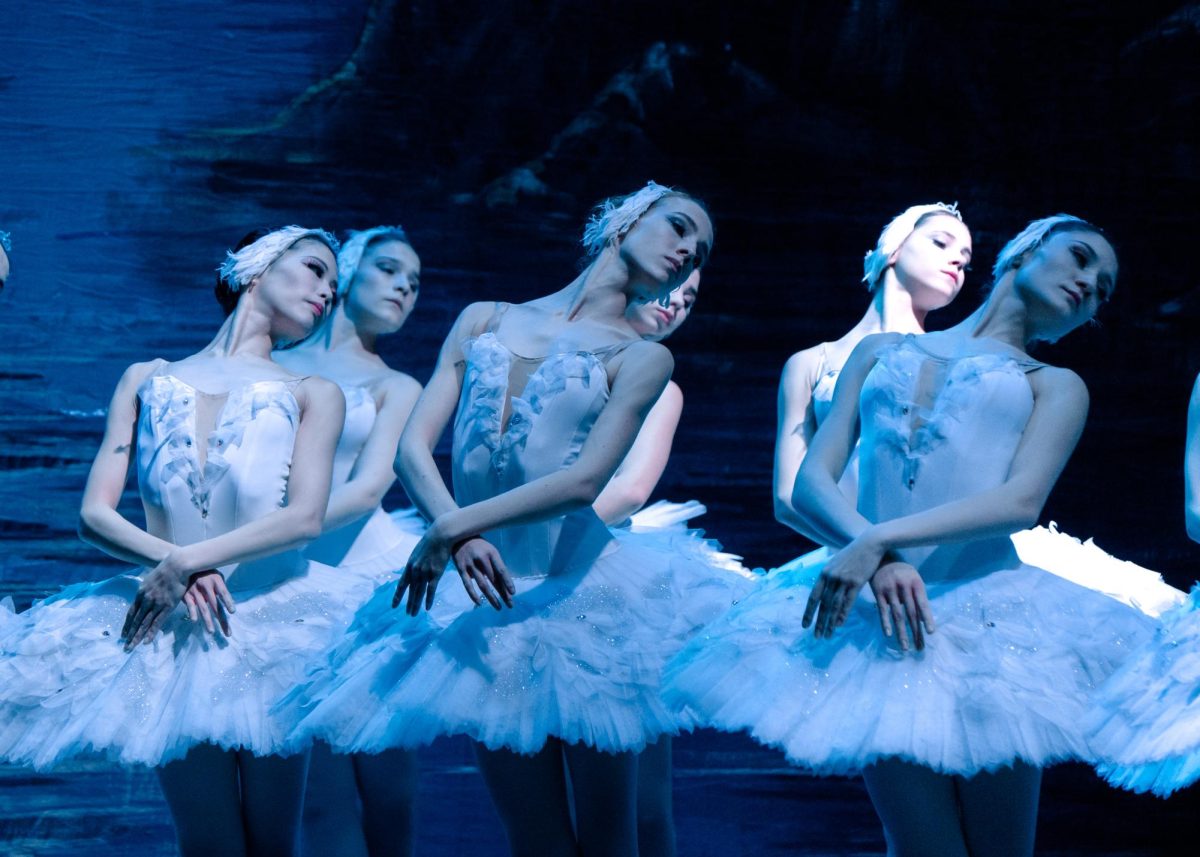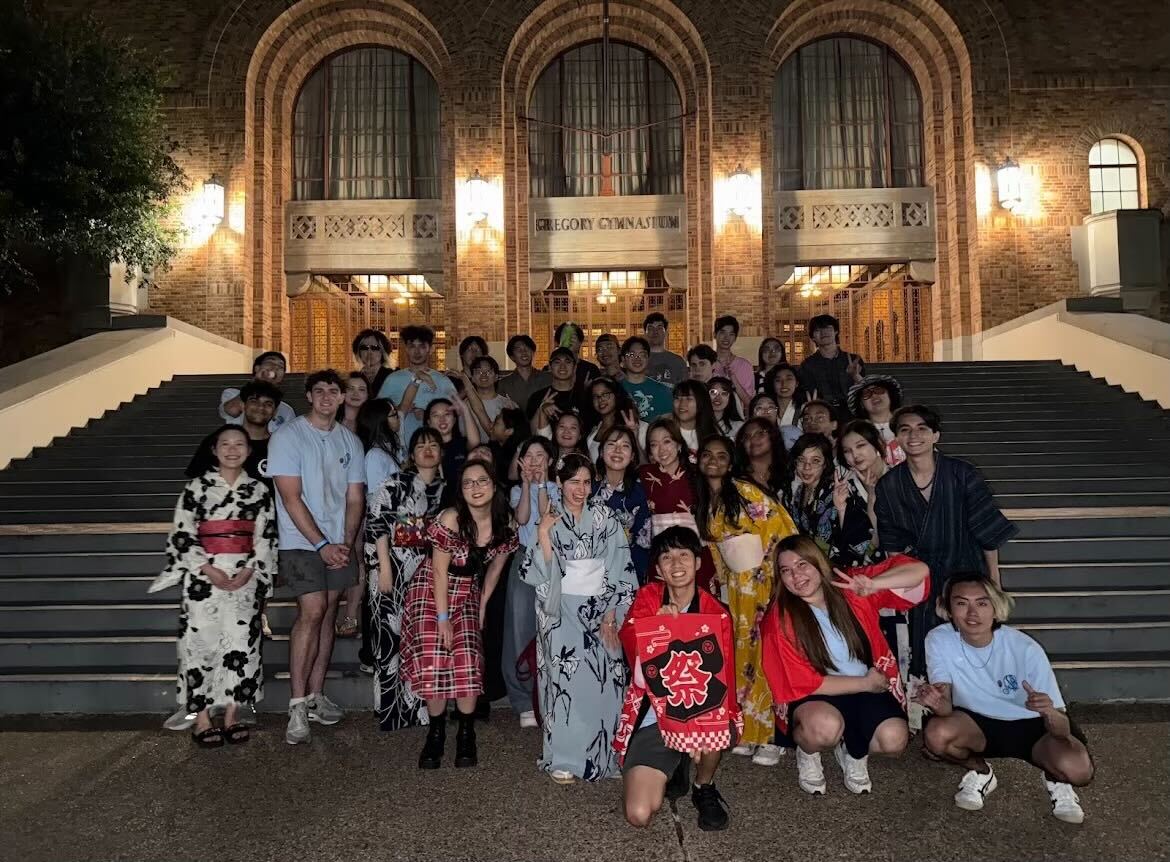Some pieces of art are easy to understand, but others have secret symbols and meanings hidden within them. What might appear to be a simple portrait or setting could really contain codes and symbols — like animals or inanimate objects — revealing the artist’s true intent.
Much like Dan Brown’s “The Da Vinci Code,” the Blanton Museum of Art's Sunday tour, Symbol and Allegory: The Hidden Language of Art, guides visitors through some of the hidden commentary on history and humanity in European art.
“Every object uses a form of visual language to convey these meanings, be it through narrative, iconography and the choice of media, just to name a few possibilities,” said Iris Cahill, Blanton’s coordinator of docents and tours. “Visitors discover some of the ways to read this language by carefully looking at and discussing works with the gallery educator who is leading the tour.”
The guided tour is a part of the Blanton’s public drop-in tour program, which offers different looks at the museum’s vast collection. For those new to the world of codes, the tour will discuss how and why symbols and codes were used in art throughout history. Many cultures dating back to the ancient world used symbols in paintings to convey messages.
“Artists from the early Greeks to Tibet, Japan, Africa, South America and the West tell a story using abstract objects or different objects to explain a concept,” said Laraine Lasdon, Blanton docent and guide for Sunday’s tour. “These symbols are attempts to codify complex issues like life, death, lust, age, youth, and to express ideas of religion, politics and human strength and frailty.”
For the general public to understand the story of a painting, an artist centuries ago could have used an animal with a specific meaning, like a finch to represent passion. Wealthier families often hung paintings with certain messages to convey their fortunes to guests. Half-eaten bread and carelessly spilled grapes informed houseguests that a family could not only afford quality food, but food was also disposable.
“Imagery is repeated by artists,” gallery assistant Dave Culpepper said. “There are ways of identifying people and what they did by using allegories, such as half eaten food.”
Aside from discussing symbols as recognition, the Symbol and Allegory tour will challenge its guests to contemplate the mindset of culture and history as portrayed
by the artist.
“Science and astrology are also featured in a work by Guercino, aptly called ‘The Personification of Astrology,’” Lasdon said. “What was the role of science in the culture of the 16th century? Why is science depicted as a woman when women were not, in fact, permitted much study?”
To cater toward more youthful audiences, the tour also touches on modern and familiar symbols, such as Mickey Mouse.
“During the 1940s, when artists were grappling with the aftermath of the Depression, how did they convey this story through art?” Lasdon said. “Mickey Mouse becomes a symbol of lost childhood — or, wait, could it be a symbol of the corporate world looking on as desperate people dance until death, trapped in a web of poverty and despair?”
Symbol and Allegory will offer visitors a more advanced look into the museum’s pre-existing collection.
“One can be a veritable Sherlock Holmes,” Lasdon said. “Poring over clues to the culture, history, theology and mankind by stepping into the museum and taking one’s time to search.”














